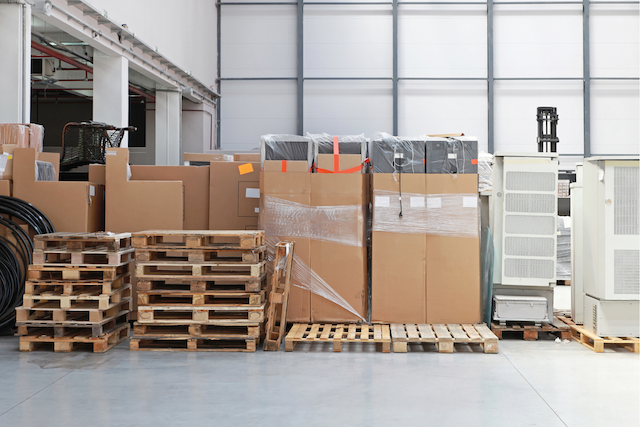Letting out agricultural land and buildings for storage seems on the face of it a relatively trouble-free way of making extra income from un or underused assets.
Many people think such an arrangement would be simply a case of leasing the assets to the tenant under a standard letting of the property agreement.
Sadly, as with most things tax-related, it is a little more complicated than that.
That’s because around 10 years ago, HMRC changed the rules around the VAT treatment of self-storage facilities, removing the VAT exemption that had existed up until that point. This meant that any income generated from providing self-storage facilities was automatically subject to VAT.
But rather than clear up any confusion, this simply served to make things more complicated and open to interpretation.
Type of storage facility
The first thing to consider when trying to understand if providing self-storage will incur VAT is the type of facilities itself.
According to HMRC, for the income generated to be subject to VAT, the storage facility must be fully enclosed. This would include barns with side walls, grains stores, commercial units, shipping containers, or commercial units, but would exclude Dutch barns due to their lack of side walls. Equally, open air plots of land are also exempt.
Self-storage meaning
The next thing to consider is the meaning of self-storage. This may seem obvious, but as with so many things tax-related, it is a little more complicated than it first appears.
From a VAT perspective, self-storage simply means storage, as in the facility is used for the purpose of storing goods. So, if that is the sole purpose of the building or unit, the matter is relatively simple – income generated is subject to VAT.
The problem comes when a barn or other agricultural building is used for storage, and other purposes, by the person renting the facility.
For example, if the facility is rented for a commercial activity of which the storage of products is included, the VAT position would revert to leasing/letting of the property arrangement, which is exempt from VAT.
Exceptions to the rule
To make matters more complicated, there are some exceptions to the way the VAT treatment is applied. These include:
- Where the storage relates to supplies to connection persons or charities.
- The storage of live animals.
- Open air storage, either on an open plot of land, or where the storage facilities are not fully enclosed.
Ian Parker, Director at Whitley Stimpson and agricultural tax expert, said negotiating the tax landscape around self-storage is a challenge.
He said:
“On the face of it, self-storage appears a very simple way for farmers to make the best use of under-utilised buildings and land, and this certain can be the case. But the taxation rules surrounding this, particularly those relating to VAT, are complicated and open to interpretation. We would always recommend speaking to an expert before offering any facilities for self-storage, to ensure you don’t fall foul of HMRC’s regulations.”
To speak to Ian on this issue, or any other agricultural tax enquiry, get in touch on 01295 270200 or email ianp@whitleystimpson.co.uk.
Other Agricultural Spotlight Summer 2022 articles
Government announces plan to help farmers with rising input costs
